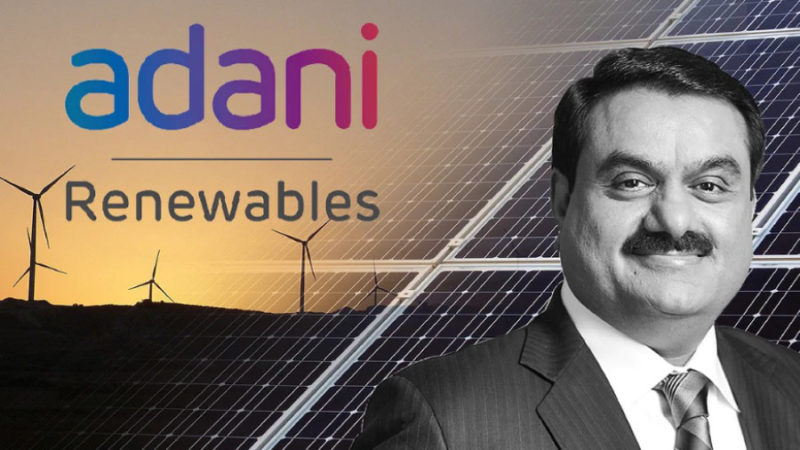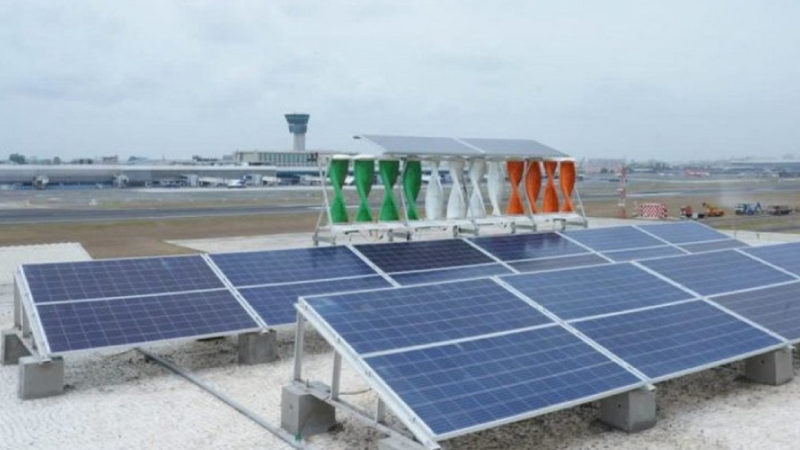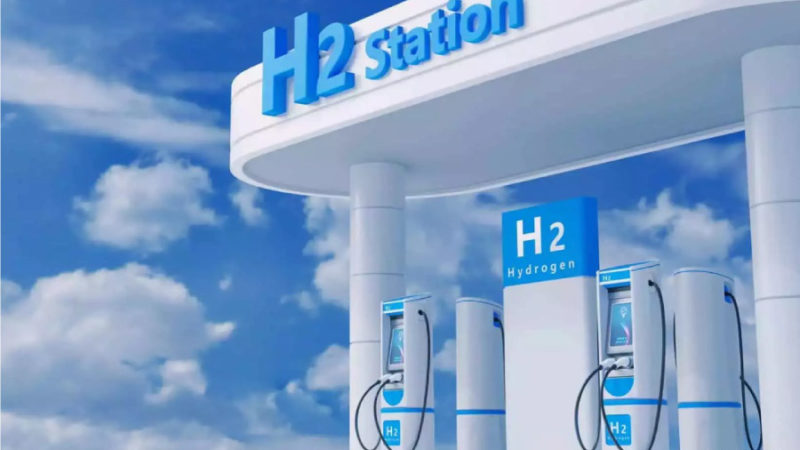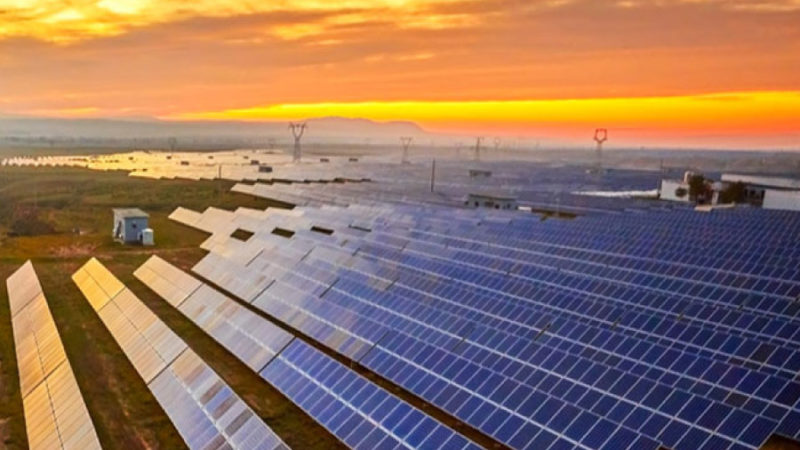Under existing PPAs, producers can now replace thermal generation with renewable sources
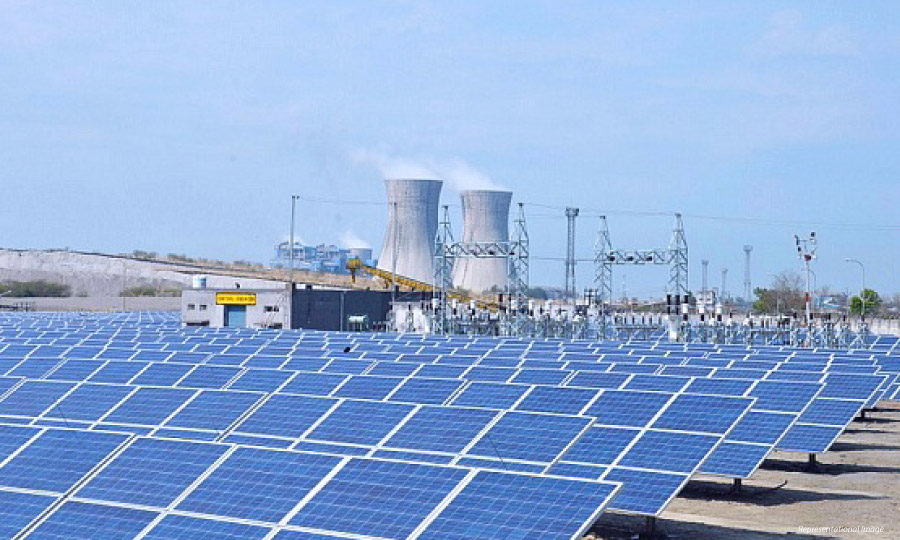
As part of efforts to achieve 500 GW of clean energy generation capacity by 2030, the Ministries of Power and New and Renewable Energy revised relevant norms.
To reduce thermal power generation gradually, the government has amended norms to allow power producers to bundle renewable energy in existing power purchase agreements.
In line with the larger goal of having 500 GW of clean energy generation capacity by 2030, the Ministries of Power and New and Renewable Energy have revised relevant norms.
A power ministry statement released on Tuesday stated that the revised norms would enable fossil fuel-based energy generation to be replaced by renewable energy under existing Power Purchase Agreements (PPAs).
According to the statement, the two ministries said that they released “revised guidelines to allow thermal generation companies to build renewable energy generation capacity themselves or through developers through open bidding and supply that energy to consumers under existing PPAs.”
The statement further says that because renewable energy is less expensive than thermal energy, the gains from bundling the two will be shared 50/50 by the generators and distributors/other procurers.
As a result, Discoms (power distribution companies) will not need to acquire any separate balancing capacity since renewable energy will be combined with thermal energy.
According to the ministry, this move will contribute significantly towards achieving 500 GW of non-fossil fuel capacity by 2030.
Discoms will be able to keep an eye on renewable energy supplied in the scheme in order to meet their renewable purchase obligations, without the financial burden of having separate power purchase agreements.
Government’s latest move will result in a faster energy transition and benefit both generators and distribution companies.
According to the statement, the ministries of power and new and renewable energy will implement some additional steps to achieve 500 GW by 2030, and orders will be issued shortly.
Connect with Power Insight: Facebook | LinkedIn | Twitter



